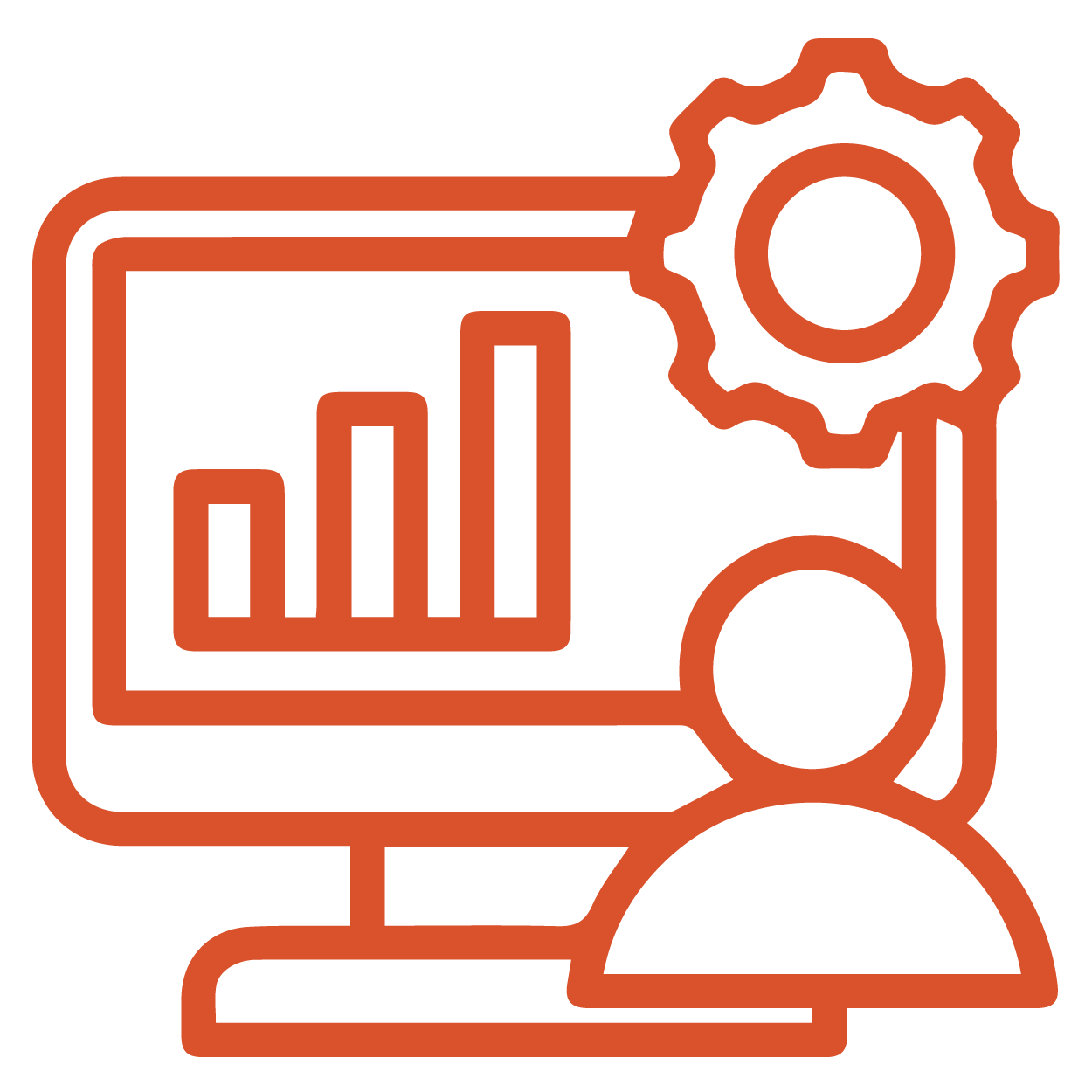The essential support systems at CSTEP, including Human Resources, Information Technology, Administration, Finance, and Communication and Policy Engagement teams, keep the organisation running smoothly. These teams work together to provide a robust foundation for CSTEP's research and policy engagement efforts. Their collective aim is to create an efficient, collaborative environment that drives the organisation's mission forward.


Editing at a Think Tank: Un-learnings, Aspirations, and Some Thinking
Think Tanks do more than just research. At CSTEP, it is the coming together of science and policy practitioners, modellers, and communicators with a single mandate: bringing forth scientific evidence to improve policy to tackle developmental challenges. In this series, we look at what happens behind the scenes at a technology-policy think tank, and how each link in the chain plays a crucial role.
Annual Report 2019-20
This is CSTEP's Annual Report for the year 2019-20.
In this year’s annual report, we look at an Evolved CSTEP. We trace our journey, highlight our biggest impact stories, reflect on where we are in achieving our vision, and our efforts towards consolidating research to better enable this. Over the last year, we have consolidated our research into five areas: Energy & Power; Climate, Environment & Ecosystem; Artificial Intelligence & Digital Lab; Materials & Strategic Studies; and Computational Tools.
Law enforcement in the era of digitisation
One consequence of the recent demonetisation was a push towards the digitisation of the economy - a move that will create transparency in the financial system. But this digital push must be accompanied by greater security of digital transactions to deal with the tsunami of cybercrimes that is bound to follow. India's enforcement mechanisms, laws and policies must be re-examined immediately to ensure that the theft of data or money is dealt with severely, swiftly and transparently.
Security concerns in the new "less-cash" economy
One of the undisputed benefits of the recent demonetisation exercise has been the concerted push towards digitisation of cash transactions. Concomitant with this development has been the rapid growth in the use of smart devices, primarily mobile phones. Though digital payment systems have been in existence for a while, the last few weeks have witnessed an explosive growth in their use. While many welcome the idea of trackable, transparent and frictionless monetary transactions, there are significant risks associated with moving to these systems.
Considering emergency and disaster management systems from a software architecture perspective
Emergency and disaster management has become a widely researched area in the last decade. The use of Information and Communication Technologies (ICTs) has been highly advocated for addressing the obstacles and improving decision-making in the event of a disaster. A number of ICT support systems and frameworks, both conceptual and application-based, have evolved over time to support the highly time and collaboration intensive task of emergency and disaster management. The use of ICTs like GIS has helped the relief worker to a great extent.
Using the Gini index to measure the inequality in infrastructure services provided within an urban region
In this article, we suggest the use of the Gini Index to measure the inequality in infrastructure services provided within an urban region. We develop a functional form for the Lorenz Curve, the basis of measurement of the Gini Index. The sparse nature of data available to measure the distribution of infrastructure services within an urban region results in a challenge in estimating the Lorenz Curve.
Developing GIS tools for planning, mitigation and preparedness for large scale emergencies and disasters
Emergency and disaster management involves four stages: Mitigation (Planning), Preparedness, Response and Relief. Concerned authorities at different levels (central, state, district, etc.) play different roles and have different responsibilities in each phase of emergency and disaster management. GIS-based tools have been shown to be useful in the response and recovery phases of an emergency. In this paper, we propose how GIS-based simulation tools can be used in the Mitigation and Preparedness phases of emergencies and disasters.
A simple explicit model approximating the relationship between speed and density of vehicular traffic on urban roads
With the increase in simulation of urban environments for the purpose of planning, modelling vehicular traffic has become important. While empirical evidence on traffic flow is relatively sparse, models representing the same are being increasingly used for planning urban roads and environments. In this paper, a simple explicit model is proposed to approximate the speed versus density of vehicular traffic flow.
Policy Matters - May 2020
A bimonthly newsletter featuring CSTEP commentary, publications, events, and other developments.
Book Launch: 'Strengthening Policy Research: Role of Think Tank Initiative on South Asia'
Evidence can be a powerful tool for policy change; however, when the corridors of power are closed, how does one ensure that public policies are based on evidence?
